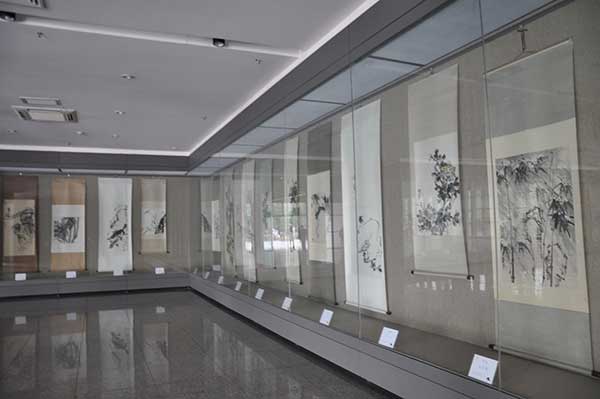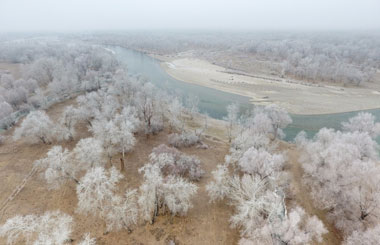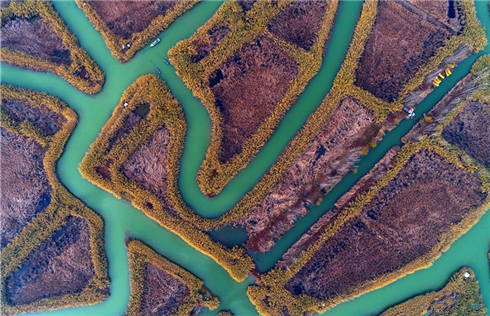Art of Bada Shanren offers window on his times
Bada Shanren, whose original name was Zhu Da, was a member of the royal clan of the Ming Dynasty (1368-1644). However, his family split in his youth when the empire was overturned by the Qing Dynasty.
Saddened by that but impelled to survive, he became a Buddhist monk and later a Taoist priest, and made a living by selling his paintings. He remained a loyal adherent to the ousted dynasty and a dissident in the Qing Dynasty all his life. He never used his real name and intentionally hid from crowds and sometimes even pretended to be a madman or mute.
Bada Shanren's art is closely connected with his life experiences. His paintings' precise but expressive brushwork often employs symbolic images, such as fish and birds that appear supercilious with their eyes looking up, to demonstrate his unyielding and proud personality, and his hatred of the new ruler.
His art is greatly admired in the East, especially in Japan, and has enormous global influence as well. Many of his works are collected by museums around the world. In recent years, there have been examples of his works selling for tens of millions of yuan in auctions.
The museum has a rich collection of Bada Shanren's works. Ten exhibition halls in a modern building to the temple's north are used to display more than 80 of his original paintings and historical records about him.
Among them, there are many famous and representative pieces by him, such as Ink Lotus Flowers, The Bird and Stone, and Pine Tree and Cranes.
A visit here is a rare chance to see so many of the master's works at one time.
After appreciating the art in the exhibition halls, visiting the memorial monument and statue of Bada Shanren in the museum to pay our respects seemed a perfect way to say goodbye to the great master and the museum.















